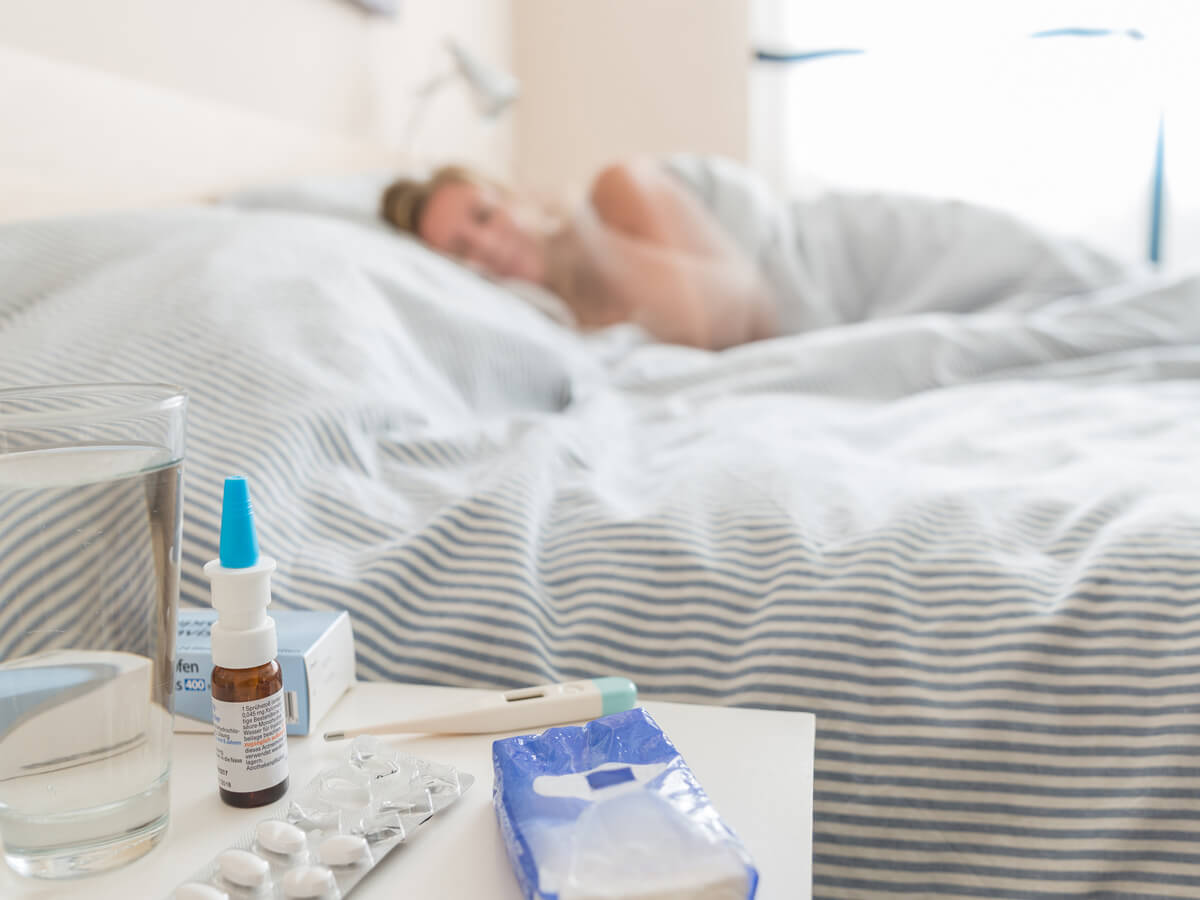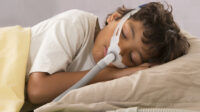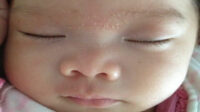Preparing for the 2016 ABIM Sleep Medicine Exam might cause you to lose sleep if you don’t have a study plan ready. From insomnia to breathing disorders, you’ll need to be competent in the following areas (and their respective weighting on the exam):
- Normal Sleep and Variants 20%
- Sleep-Wake Timing 10%
- Insomnia 17%
- Hypersomnolence 12%
- Parasomnias 6%
- Movement Disorders 8%
- Breathing Disorders 22%
- Sleep in Other Disorders 5%
What’s the best way to ensure you’re ready on the big day? A favorite resource among sleep medicine specialists are question banks to help them practice in the format of the exam.
Quiz yourself for free with these two questions taken from the BoardVitals Sleep Medicine Certification Question Bank.
Question 1
A patient with a diagnosis of obesity hypoventilation syndrome (OHS) is undergoing a BiLevel titration. His diagnostic sleeps study revealed severe obstructive sleep apnea (OSA). Two hours into the study the patient is on IPAP 14 cm water and EPAP 10 cm water. No obstructive respiratory events or snoring have been observed since increasing the pressures to the current settings 30 minutes ago. The patient’s baseline oxygen saturation is 85%. Summary graphics (of the first two hours) and a tracing are seen below. What is the BEST next step by the technician?
A.) Observe at current pressure
B.) Increase inspiratory positive airway pressure (IPAP) (Correct)
C.) Increase IPAP and expiratory positive airway pressure (EPAP)
D.) Start supplemental oxygen
E.) Change to CPAP
Answer
B.) Increase inspiratory positive airway pressure (IPAP) (Correct)
Explanation
Correct Answer: B. Increase inspiratory positive airway pressure (IPAP). Explanation: The tracing shows baseline hypoxia in the absence of obstructive respiratory events. In a patient with OHS this is likely due to hypoventilation. The current BiLevel settings have been properly titrated to relieve upper airway obstruction and treat the patient’s severe OSA; however, baseline hypoxia persists. Thus the pressure support level (IPAP minus EPAP) should be increased to provide more ventilatory support. Observation is not the proper course in the setting of baseline hypoxia. Increasing the EPAP and IPAP will not change the pressure support level. Supplemental oxygen is necessary in some patients with OHS but it does not treat hypoventilation. The pressure support level should be increased (to a maximum of 20 cm water) to treat hypoventilation prior to starting oxygen therapy. CPAP may relieve upper airway obstruction but will not provide ventilatory support.
Reference
Kushida et al. Clinical guidelines for the manual titration of positive airway pressure in patients with obstructive sleep apnea. Positive airway pressure task force of the AASM.J Clin Sleep Med, 2008. International Classification of Sleep Disorders, 3rd ed, American Academy of Sleep Medicine, Darien, IL 2014. Berry et al. Best clinical practices for the sleep center adjustment of noninvasive positive pressure ventilation (NPPV) in stable chronic alveolar hypoventilation syndromes. NPPV Titration Task Force of the American Academy
Question 2
A 45 year old male with a history of severe OSA presents to your office for evaluation of persistent sleepiness on continuous positive airway pressure (CPAP) therapy. He uses his CPAP the entire time he is asleep (confirmed by compliance report) and denies and snoring while on CPAP. The AHI on his compliance report is 1.2. He does not have any CPAP-related complaints.
He reports that his sleepiness did improve somewhat on CPAP but is not completely resolved and remains at a bothersome level. His Epworth sleepiness scale score decreased from 19 before CPAP to 13 currently. He sleeps 5 hours a night during the week due to being busy with his family and job. On the weekends he obtains 7 to 7.5 hours of sleep.
What is the most optimal next step in the management of this patient?
A.) Increase CPAP pressure
B.) Decrease CPAP pressure
C.) Stimulant therapy
D.) Polysomnography (PSG) on CPAP and multiple sleep latency test (MSLT)
E.) Trial of increased sleep time
Answer
E.) Trial of increased sleep time
Explanation
Correct Answer: E. Trial of increased sleep time. Explanation: This most likely cause of this patient’s persistent sleepiness is voluntary sleep deprivation (or insufficient sleep syndrome per the ICSD-3). He only sleeps 5 hours during the week which is not enough for the majority of people. The fact that he increases his sleep time on the weekend is an indicator that he is getting an insufficient quantity of sleep during the week. His OSA appear to be well treated given his good compliance, normal compliance report AHI, and lack of snoring on CPAP. Thus, the best course if to advise a trial of increased sleep time and see if his sleepiness resolves. If he has persistent sleepiness with a normal sleep time and adequate treatment of his OSA then stimulant therapy with modafinil may be an option. As noted, his OSA appears to be well-treated; thus, there is no indication to empirically change his CPAP pressure. Stimulant therapy may be an option if his sleepiness persists with an adequate quantity of sleep, but should not be the next step in managing this patient. A PSG and MSLT could be considered if his sleepiness persists with an adequate quantity of sleep, but should not be the next step in managing this patient.
Reference
Semin Intervent Radiology. Sep 2006; 23(3): 223–229.
How did you do? For more questions, sign up for a free trial of the BoardVitals Sleep Medicine Question Bank.
Best of luck with your exam preparation!




